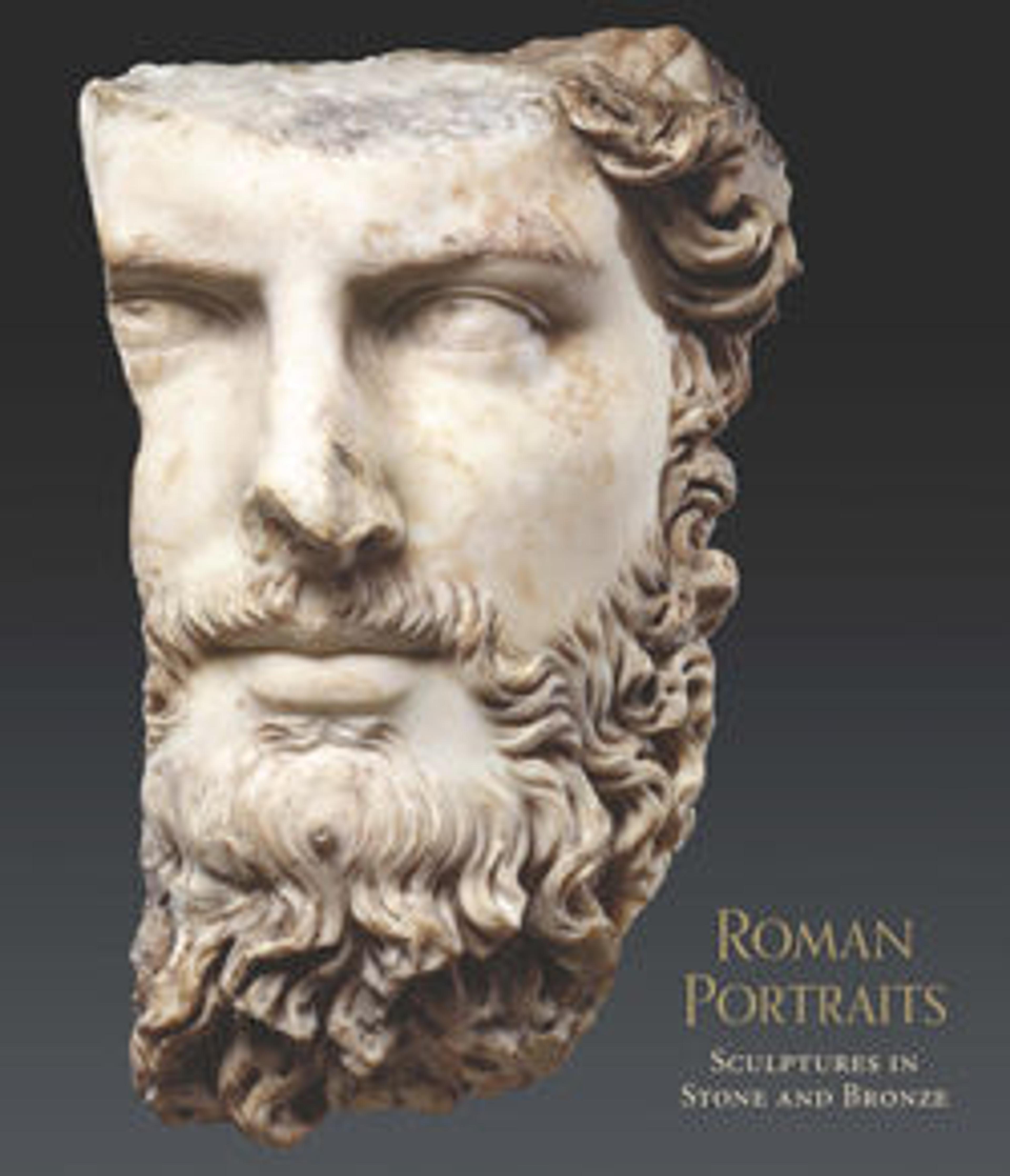Over-life-sized marble portrait, probably of the empress Sabina
This imposing head probably comes from a statue of Sabina, wife of the emperor Hadrian. The face was originally surmounted by a very high, ovoid hairpiece covered with small curls, a style that was fashionable at the court of Trajan in about A.D. 100.
The upper part of the hairpiece was carved separately and added onto the shelf-like area above the forehead. In back, the hair is arranged like that of a classical statue of Venus, goddess of love, with long locks falling forward over the shoulders. Sabina, grandniece of the emperor Trajan, was married to Hadrian, his ward and protégé, in A.D. 100. It is unlikely that an over-life-sized statue of the girl would be commissioned in the years before A.D. 117 when Hadrian became emperor, but it must have been carved fairly soon after, given the high hairpiece that was already out of style. As was quite common, the statue probably represented the young empress as Venus, combining contemporary elements with the traditional iconography of a goddess.
The upper part of the hairpiece was carved separately and added onto the shelf-like area above the forehead. In back, the hair is arranged like that of a classical statue of Venus, goddess of love, with long locks falling forward over the shoulders. Sabina, grandniece of the emperor Trajan, was married to Hadrian, his ward and protégé, in A.D. 100. It is unlikely that an over-life-sized statue of the girl would be commissioned in the years before A.D. 117 when Hadrian became emperor, but it must have been carved fairly soon after, given the high hairpiece that was already out of style. As was quite common, the statue probably represented the young empress as Venus, combining contemporary elements with the traditional iconography of a goddess.
Artwork Details
- Title:Over-life-sized marble portrait, probably of the empress Sabina
- Period:Hadrianic
- Date:ca. 121–128 CE
- Culture:Roman
- Medium:Marble
- Dimensions:14 3/4 in. (37.5 cm)
- Classification:Stone Sculpture
- Credit Line:Rogers Fund, 1922
- Object Number:22.139.2
- Curatorial Department: Greek and Roman Art
More Artwork
Research Resources
The Met provides unparalleled resources for research and welcomes an international community of students and scholars. The Met's Open Access API is where creators and researchers can connect to the The Met collection. Open Access data and public domain images are available for unrestricted commercial and noncommercial use without permission or fee.
To request images under copyright and other restrictions, please use this Image Request form.
Feedback
We continue to research and examine historical and cultural context for objects in The Met collection. If you have comments or questions about this object record, please contact us using the form below. The Museum looks forward to receiving your comments.
